FAQ
The Planet Moja FAQ is part of our knowledge base to answer common questions about climate action, carbon offsetting and projects supporting biodiverse ecosystems. Our Info Hub articles address many of the issues in more detail.
About Planet Moja
We identify certified projects listed in one of our registry standards partners, then we put the shortlist through our ratings system to ensure the highest quality are prioritized, finally we consider a balance between technologies and carbon removal and avoidance for our portfolio or specific requirements for our corporate clients.
Research the market
We use four registry partners to ensure we have the widest selection of high-quality nature-based removals and avoidance credits: Gold Standard, Verra, Plan Vivo and Puro. Each has a different set of specialties: PlanVivo targets blue carbon, biodiversity and community co-benefits in carbon reduction; Puro focuses entirely on removals; GS and Verra have a broader set of methodologies and are more widely used.
We partner with projects from all over the world but focus our research in Kenyan and East Africa, seeking out leading projects that best suit our clients’ needs. Our shortlist criteria assess key co-benefits such as biodiversity, energy efficiency and removals projects, blending these attributes strategically. We take care to build and nurture important relationships with the projects and their developers to insure supply of the credits most prized by our clients.
Rate projects
We have a system that generates ratings based on tech potential, biodiversity and community benefits, women’s leadership, neglectedness, scalability and cost among others. Have a closer look at our ratings system here.
Select projects
Planet Moja selects projects to create a balanced approach to biodiversity, carbon reduction and removal (Carbon Removal vs Carbon Avoidance Planet moja blurb) and then manages the portfolio to support emerging opportunities.
You can find more information about our project portfolio here.
Find out more about the carbon removal vs carbon avoidance here.
There are lots of carbon footprint calculators out there. We’ve got a simple one here which uses your monthly spending as the key indicator of emissions and then adds lifestyle choices around travel and diet. Our calculator is designed to be simple and tailored to frequent travellers and above average carbon emitters.
We’ve hunted down a range of other carbon calculators that we like for you to explore and estimate your footprint in more detail here
We only source projects that are independently verified as compliant with one or more international standards and also pass our rigorous ratings system.
We look for excellent projects first, choose those that score the highest in our ratings system, and always ensure that they are compliant with one or more of the global standards.
See below for FAQs on the carbon markets and standards.
About Offsetting and the Carbon Markets
A carbon offset credit is a transferable instrument certified by governments or independent certification bodies to represent an emission reduction of one metric tonne of CO₂, or an equivalent amount of other GHGs (tCO₂e).
Greenhouse Gas (GHG) emissions, reductions and removals of a project are independently measured and the overall impact is then quantified in terms of CO2e – a term that consolidates the warming potential of all GHGs into a single measure – equivalent to the potential of 1 tonne of CO2.
Carbon credits are the currency of the voluntary carbon market system allowing anyone to finance measurable climate action.
Our projects generate carbon credits through their emission reduction and removal activities that are verified independently using global standards and recorded transparently in public registries. As a tradeable unit, anyone can neutralise their climate impact and compensate for their business or personal emissions by buying and retiring carbon credits.
Different carbon standards use different names for the unit (for example VCUs, PVCs, CORCs) and may have different rules (CORCs are only Carbon Removals). As a result, carbon credits are typically not transferrable between standards, but in each case the unit is 1tCO₂e
Carbon markets are trading systems where carbon credits are bought and sold. There are two types of market:
Compliance markets are regulated by international, national or regional policy agreements. They are designed to progressively limit total carbon emissions in key sectors by two mechanisms – allocating businesses an increasingly strict annual quota for carbon emissions; and a trading market for businesses that emit more than their quota to purchase carbon credits from those that emit less, enabling the economy-wide target to be met.
Voluntary carbon markets are where individuals or businesses can voluntarily trade carbon credits to compensate for their carbon footprint or meet corporate sustainability targets. They provide an important source of private climate finance, particularly in supporting investment in less developed countries.
To function, these markets need to have clear and transparent rules, governing bodies and buyers and sellers. See our Info Hub post on carbon markets for a more detailed description of the actors and processes involved in the voluntary carbon market system.
A carbon standard creates a set of rules and systems for the voluntary carbon market. These rules include:
- How is a project defined
- Scope of eligible technologies for carbon avoidance/removal
- How to measure carbon avoidance/removal and calculate carbon credits
- How to determine that the additionality, permanence and leakage of a project is acceptable.
- The governance structure for independent verification
- A registry system for transparent publication of the creation, transfer and retirement of all verified carbon credits
The main voluntary carbon standards are GoldStandard and Verra which have developed to incorporate a wide range of carbon drawdown solutions. There are also standards that specialise such as Puro who only assess carbon removal projects and Plan Vivo who focus on blue carbon, forests and biodiversity. We look for excellent projects first, but always ensure that they are compliant with one or more of these rigorous standards.
Find out more about how the Voluntary Carbon Markets (VCMs) work here.
Registries are public databases for recording the creation, transfer and retirement of carbon credits.
Each carbon standard has a registry that transparently records the transactions. We work with four of the standards and use their associated registries.
The main voluntary carbon standards are Verra and Gold Standard which have developed to incorporate a wide range of carbon drawdown solutions. There are also standards that specialise such as Puro who only assess carbon removal projects and Plan Vivo who focus on blue carbon, forests and biodiversity.
Find out more about how the Voluntary Carbon Markets (VCMs) work here.
If a person, company or activity is…
Carbon neutral, it means that it releases net zero carbon emissions into the atmosphere.
Climate positive then that activity goes beyond achieving net zero carbon emissions to actually create an environmental benefit by removing more carbon dioxide from the atmosphere than it emits.
Carbon negative has the same meaning as “climate positive.”
Carbon Removal also called carbon sequestration or negative emissions means the activities of a project are measurably removing carbon from the atmosphere.
Carbon Avoidance means that the activities of a project are causing measurably less carbon to be emitted into the atmosphere than if the project did not exist.
Scientists tell us that both of these approaches are essential to avoid catastrophic impact to our ecosystems and environment but there is an increasing emphasis on Removals as being the most critical.
Read more about carbon removal vs carbon avoidance here
A carbon standard is an accounting system and validation framework to create transparency in measuring verified reduction or removal of greenhouse gases from the atmosphere. It includes independent verification and audit and a public registry of transactions.
Uncertainties and fraud can happen, so the standards build in an insurance framework or ‘buffer pool’ to cover any project failures and improve the reliability and sustainability of the framework. These credits are withheld from the market and retired by the registry to compensate for any traded credits that are invalidated. This credibility allows businesses and individuals to support verified projects, knowing that their funds have direct and measurable climate impact.
Very good question. In theory a single standard could enhance the consistency and transparency of the entire voluntary carbon market (VCM). However, the VCM is not a globally regulated body and marketplaces have emerged to service different market demands. Since 2005 the VCM has grown from an idea to a $2billion+ market and growing fast every year. Standards have emerged (and competed) to service different geographies or for different types of climate solutions (for example Puro focuses only on Carbon Removals).
As a result, we are unlikely to see a single standard any time soon. However, as the various standards grow and mature, competition between them helps to establish best practices, expose and resolve imperfections in the market, and generally enhance the level of rigour in the VCM as a whole.




